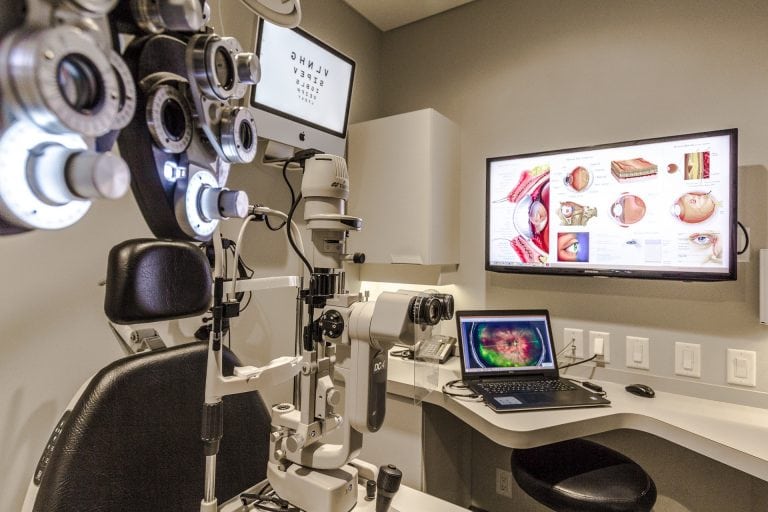Keratoconus, a condition where the cornea progressively thins and bulges into a cone shape, can significantly impair one’s vision. While the disorder varies in severity, its impact on daily life can be profound. Fortunately, advancements in optometry have led to the development of specialized lenses tailored to address the unique needs of individuals with keratoconus.
What are Keratoconus Lenses?
The most used keratoconus lens is called a scleral contact lens. Scleral lenses are custom-designed contact lenses that provide improved vision and comfort for those with keratoconus. Unlike traditional contact lenses, which sit directly on the cornea, scleral lenses vault over the cornea and rest on the sclera (the white part of the eye), creating a smooth optical surface. This design compensates for the irregular shape of the cornea characteristic of keratoconus, resulting in clearer and sharper vision.
The key to the effectiveness of keratoconus lenses lies in their ability to create a uniform refractive surface over the irregular cornea. By vaulting over the cornea and resting on the sclera, these lenses effectively reshape the eye's optical system, correcting distortions and aberrations caused by keratoconus. Additionally, the space between the lens and the cornea acts as a fluid reservoir, providing constant hydration and ensuring comfort throughout the day.
The lifespan of keratoconus lenses, including scleral lenses, can vary based on several factors such as the type of lens material, the care and maintenance routine followed by the wearer, and individual eye conditions. Generally, scleral lenses can last anywhere from one to three years. Proper cleaning and handling, as well as regular check-ups with your eye care professional, are crucial to ensure the lenses remain in good condition and continue to provide optimal vision correction.
The cost of scleral lenses for keratoconus can vary widely depending on factors such as the complexity of the lens design, the materials used, and the professional fees for fitting and follow-up appointments. On average, the cost can range from $1,000 to $3,000 per eye. This price typically includes the initial consultation, lens fitting, and any necessary follow-up visits to ensure the lenses are providing the best possible vision correction and comfort.
While scleral lenses offer many benefits for those with keratoconus, they do have some drawbacks. These include higher costs compared to standard contact lenses, a longer adjustment period, and a rigorous cleaning routine. Additionally, finding a specialist for fitting can be challenging, and some wearers might experience discomfort or dryness. Despite these disadvantages, the improved vision and comfort often outweigh the drawbacks for many individuals.

Benefits of Keratoconus Lenses
- Improved Vision: By compensating for corneal irregularities, keratoconus lenses offer significantly improved visual acuity compared to glasses or conventional contact lenses.
- Enhanced Comfort: The custom design of scleral lenses ensures a comfortable fit, minimizing irritation and dryness often associated with other forms of vision correction.
- Stable Vision: Unlike soft contact lenses, which may shift or move around on the cornea, scleral lenses remain securely in place, providing stable vision even during physical activity.
Conclusion
For individuals living with keratoconus, vision correction can be a challenging journey. However, keratoconus lenses offer a ray of hope, providing a tailored solution to improve both vision and quality of life. By leveraging innovative design and advanced materials, these specialized lenses empower individuals with keratoconus to see the world more clearly and comfortably than ever before. If you or someone you know is struggling with keratoconus, consult with an eye care professional to explore the benefits of keratoconus lenses and embark on a path towards clearer vision.





